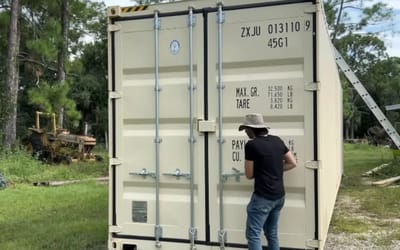American company makes historic Moon landing
- US-based Intuitive Machines made history by landing a spacecraft on the Moon yesterday
- It became the first commercial organization to do so
- Their robot, named Odysseus, touched down on the lunar south pole at 23:23 UTC
Published on Feb 23, 2024 at 3:16 PM (UTC+4)
by Amelia Jean Hershman-Jones
Last updated on Feb 23, 2024 at 8:46 PM (UTC+4)
Edited by
Alessandro Renesis
US firm, Intuitive Machines, have completed a Moon landing – making them the first commercial organization to put a spacecraft on the lunar surface.
The Houston-based firm made history when they landed their robot, named Odysseus, near the lunar south pole.
Odysseus touched down at 23:23 UTC yesterday (22 February).
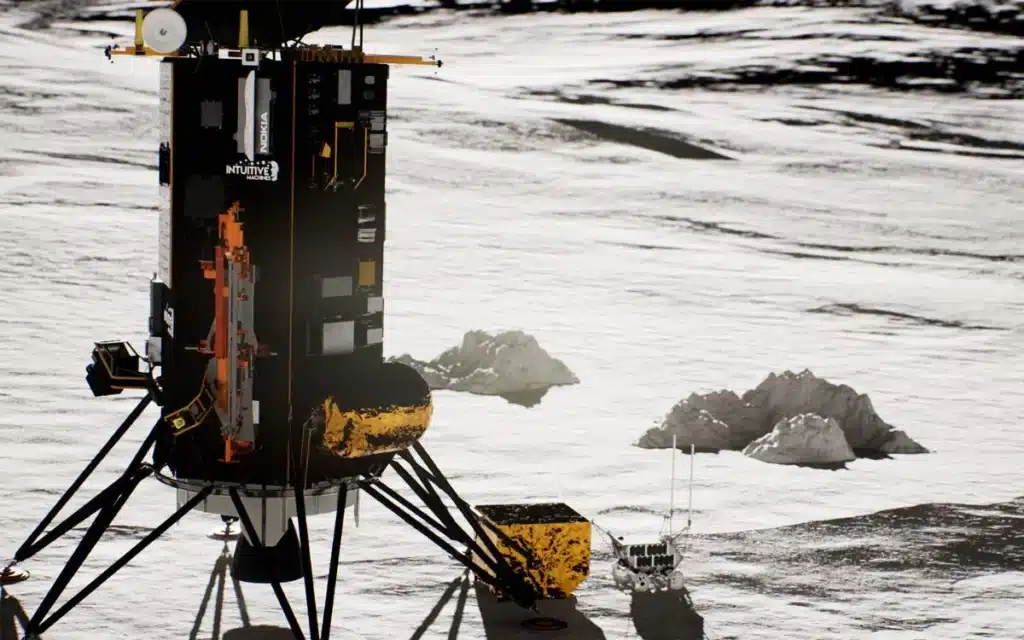
READ MORE! Satellite is expected to fall to Earth after 30 years in space
This makes it the first vehicle launched from the United States to land on the Moon’s surface since the Apollo 17 mission in 1972.
Landing nearly 50 years after its predecessor, IM-1 or ‘Odie’, as the robot is affectionately called, took several minutes for controllers to establish that the craft was down.
However, when the faint signal was finally received there was widespread celebration.
It signalled a significant milestone moment for both commercial space exploitation and the US space programme.
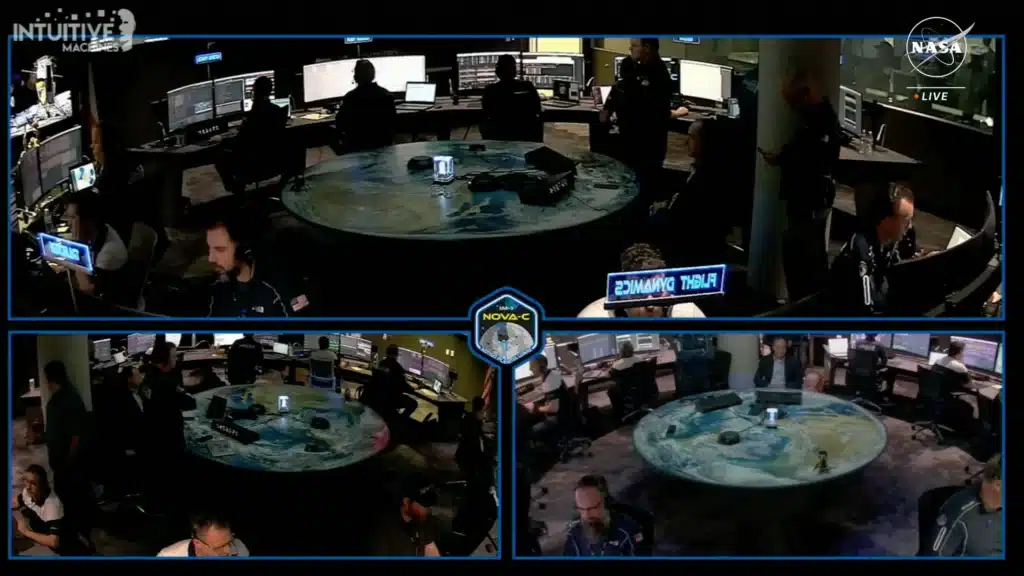
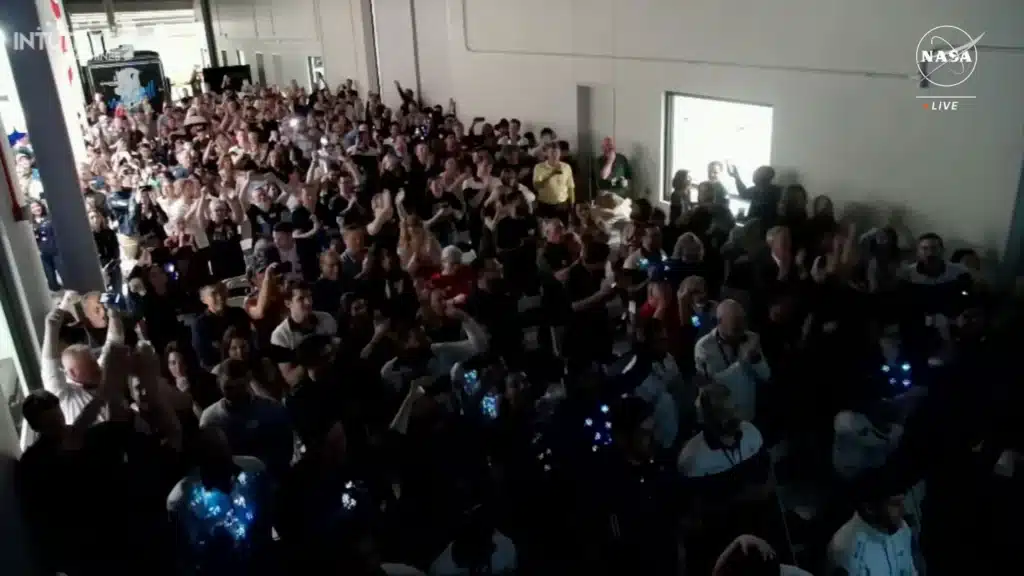
“What we can confirm, without a doubt, is our equipment is on the surface of the Moon and we are transmitting,” flight director, Tim Crain, said.
NASA had purchased room on Odysseus for six of their groundbreaking scientific instruments including a mix of technology demonstration and science.
Administrator Bill Nelson was quick to praise Intuitive Machines for their “triumph”.
“The US has returned to the Moon,” he said.
“Today, for the first time in the history of humanity, a commercial company – an American company – launched and led the voyage up there.
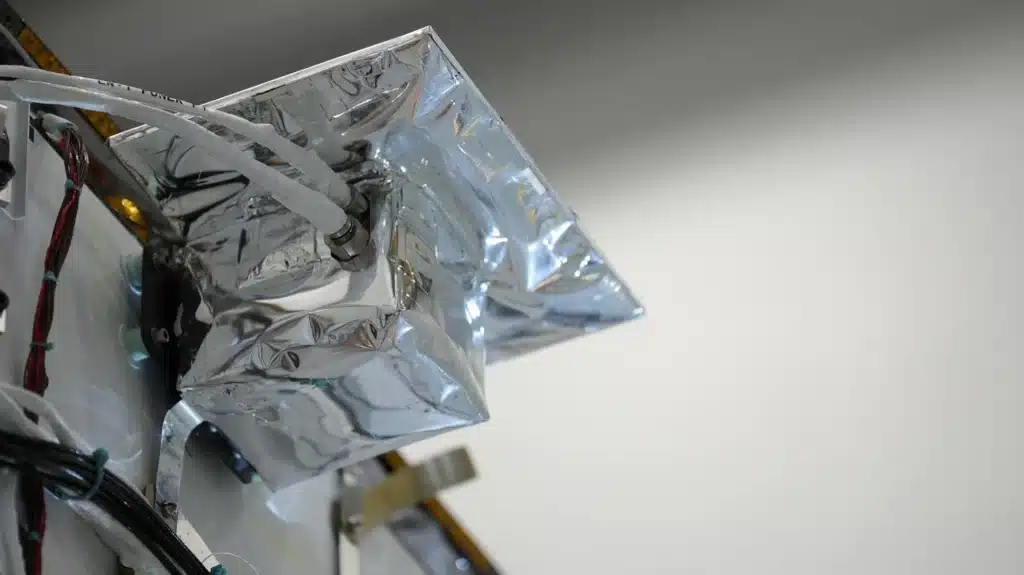
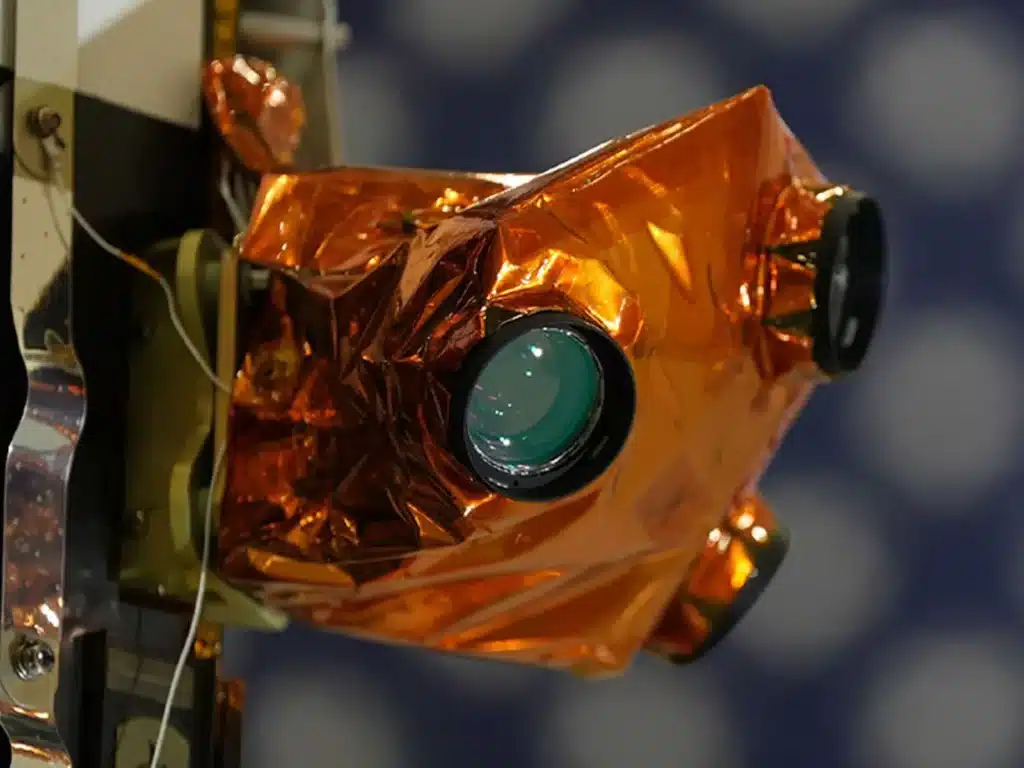
“And today is the day that shows the power and promise of Nasa’s commercial partnerships.”
It didn’t always look like touchdown would be smooth sailing as controllers had to deal with a technical problem that almost brought the mission ‘crashing down’ before descent began.
Purposed with calculating the craft’s altitude and velocity, Odysseus’ ranging lasers were malfunctioning.
Fortunately, experimental NASA on board allowed engineers to patch up missing navigation-computer information.
The original faint signal from the lander was initially concerning, however, within two hours, the US organization was able to confirm that Odysseus was doing well.
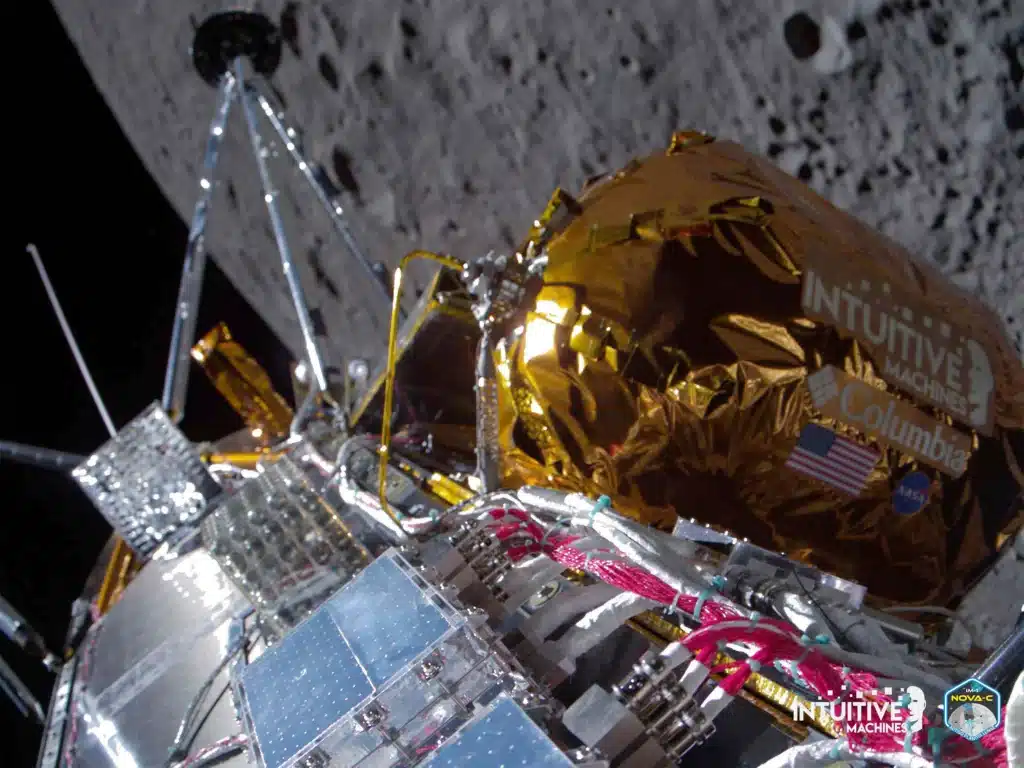
The robot was even sending back data and pictures from its Moon landing site, Malapert.
A cratered terrain – which was captured in stunning detail by one photographer – next to a 5km-high mountain complex, Malapert is the southernmost point on the Moon ever visited by a spacecraft, at 80 degrees South.
It’s shortlisted as a location for NASA to send astronauts through its Artemis programme later this decade in 2026.
NASA has partnered with SpaceX to build the first ever Moon base.
Some craters in the region are so deep they’ve never seen sunlight and scientists suspect they may contain frozen water.
“The ice is really important because if we can actually take advantage of that ice on the surface of the Moon, that’s less materials we have to bring with us,” Lori Glaze, director of planetary science at NASA, said.
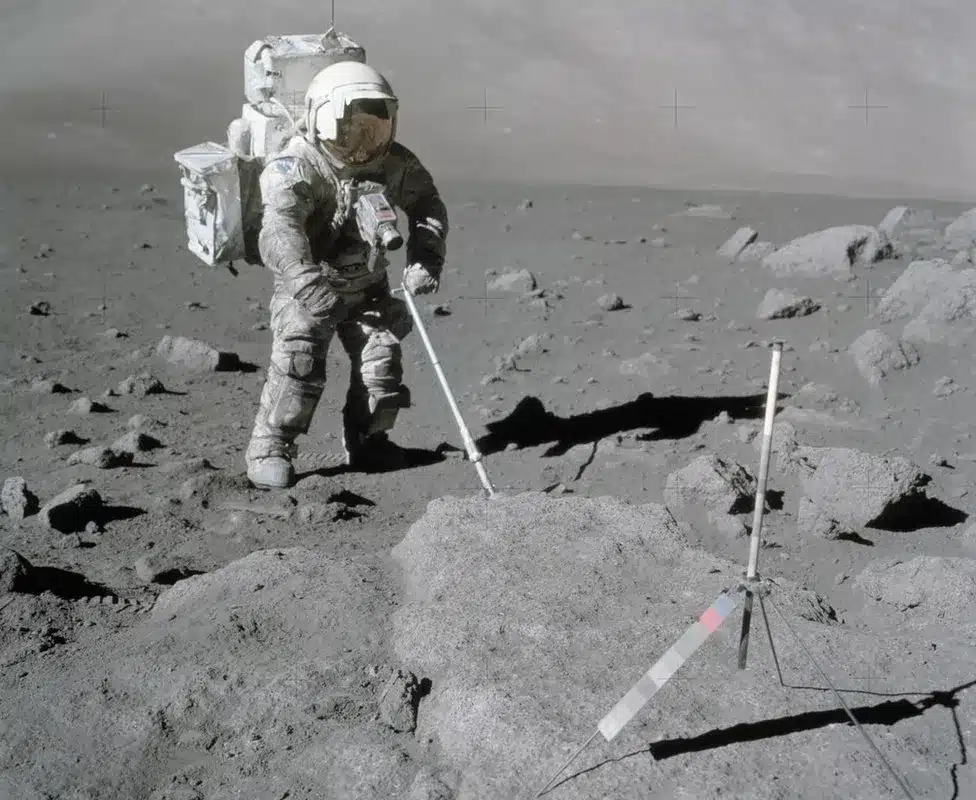
“We could use that ice to convert it to water – drinkable drinking water – and we can extract oxygen and hydrogen for fuel and for breathing for the astronauts.
“So it really helps us in human exploration.”
One key area of said exploration is lunar dust.
Its behavior is said to have been a massive bugbear for Apollo astronauts.
It caused significant problems by clogging and scratching fragile equipment – as well as making walking tricky.
Check out the video above to see astronauts struggle to navigate the lunar surface.

NASA want to understand more about how the dust is kicked up by Moon landing crafts and hovers above lunar soil before resettling.
One of the six commercial payloads on board include a student camera system from Embry-Riddle Aeronautical University.
It was supposed to deploy from Odysseus 30m above the Moon’s surface and take selfies during touchdown.
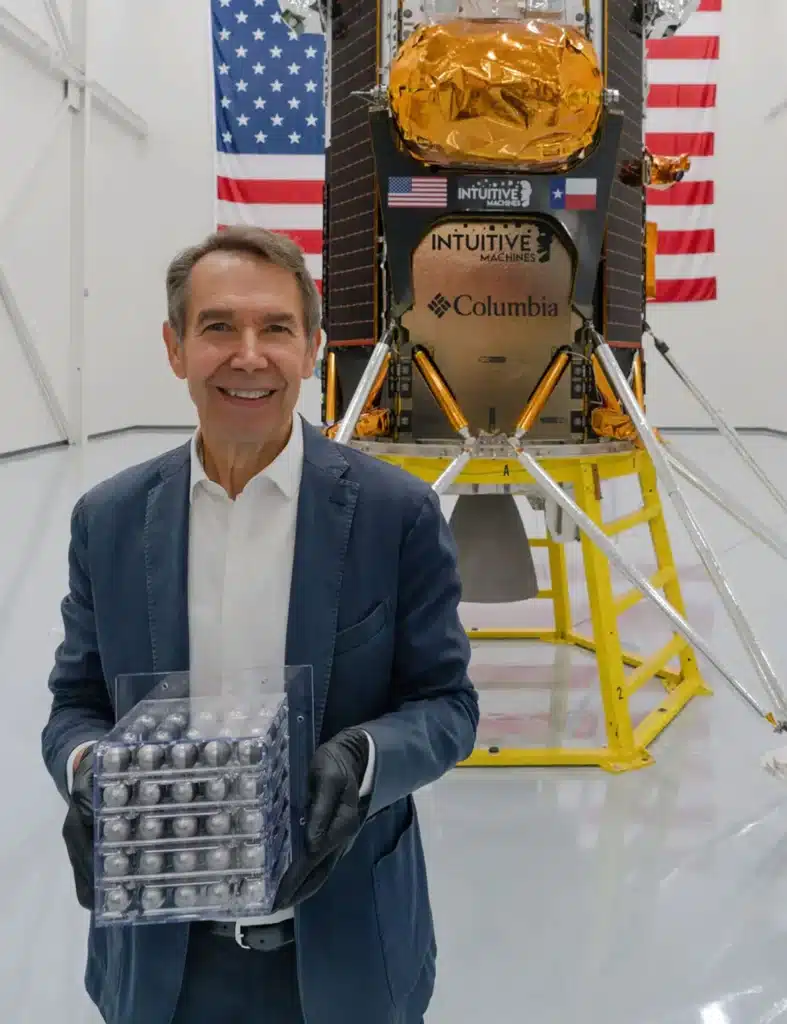
Famed US artist, Jeff Koons, attached a box to the side of the lander.
It contained 125 small stainless steel balls to represent the lunar phases over its monthly cycle.
The milestone Moon landing comes after a failed US lunar lander mission last month.
The Peregrine lunar lander had been developed by US-based Astrobotic Technology under a contract with NASA.
Sadly it burned up and its mission failed.
DISCOVER SBX CARS: The global premium car auction platform powered by Supercar Blondie
All Supercar Blondie contributors undergo editorial review and fact-checking to ensure accuracy and authority in automotive journalism. After gaining her BA Hons in French and English at the University of Nottingham, Amelia embarked on a vocational diploma from the National Council for the Training of Journalists (NCTJ). This led to numerous opportunities, from interning at Vogue to being on the small team that launched Women’s Health magazine in the UK, which was named the PPA Consumer magazine of the year for three years running. As Health, Beauty and Fitness editor, Amelia personally received a Johnson & Johnson Award and was shortlisted for both PPA and BSME titles. Since then, Amelia has created content for numerous titles and brands, including the Telegraph, 111 Skin, Waitrose, Red magazine, Stylist, and Elle, as well as being Head of Content at Vitality and Editor in Chief at INLondon magazine. “My superpower is translating technical jargon about the mechanical workings of a supercar into a relatable story you’ll want to share with your friends after you’ve read it.” After joining the SB Media family as a senior journalist in September of 2023, Amelia’s role has evolved to see her heading up the SEO output of the editorial team. From researching the most ‘Google-able’ key terms to producing evergreen content - it’s been a time of hard work, growth, and success for the editorial team and the Supercar Blondie website. “I like to think of myself as a ‘method journalist’. In other words: I live and breathe whatever I am writing about. When writing about fitness, I trained as a personal trainer, and as a beauty editor, I completed an ‘expert’ in scent diploma with the Fragrance Foundation. “During my tenure at Supercar Blondie, however, I did something I never thought possible: I passed my driving test at the age of 36. One day I’d love to train as a mechanic to better understand what happens under the hood, too. “My sweet spot is providing readers with a ‘takeaway’ (read: something new they didn’t know before) after reading every one of my stories. While I don’t claim to be an expert in the automotive world, I know the experts and bodies in the field to rely on to provide our readers with an informative and thought-provoking story every time they visit the site.”


